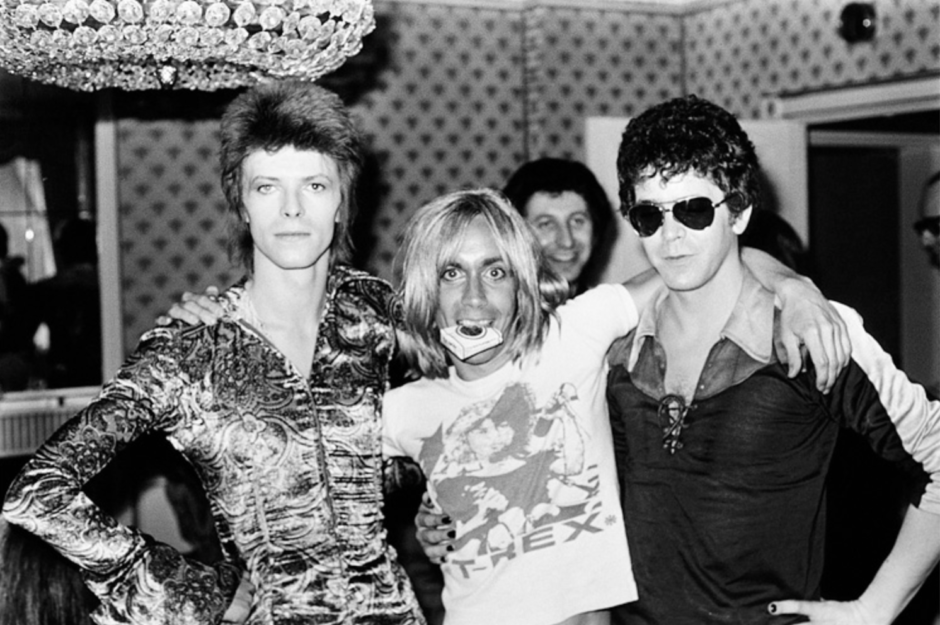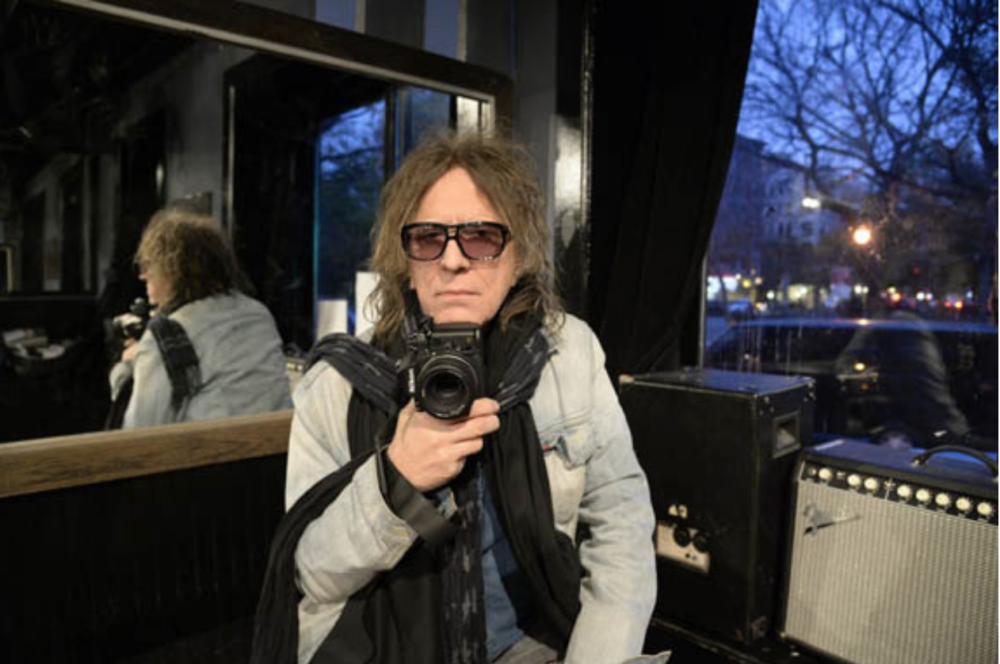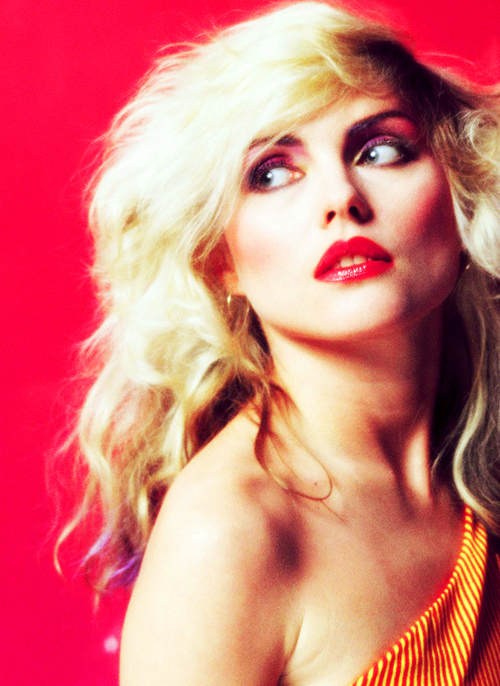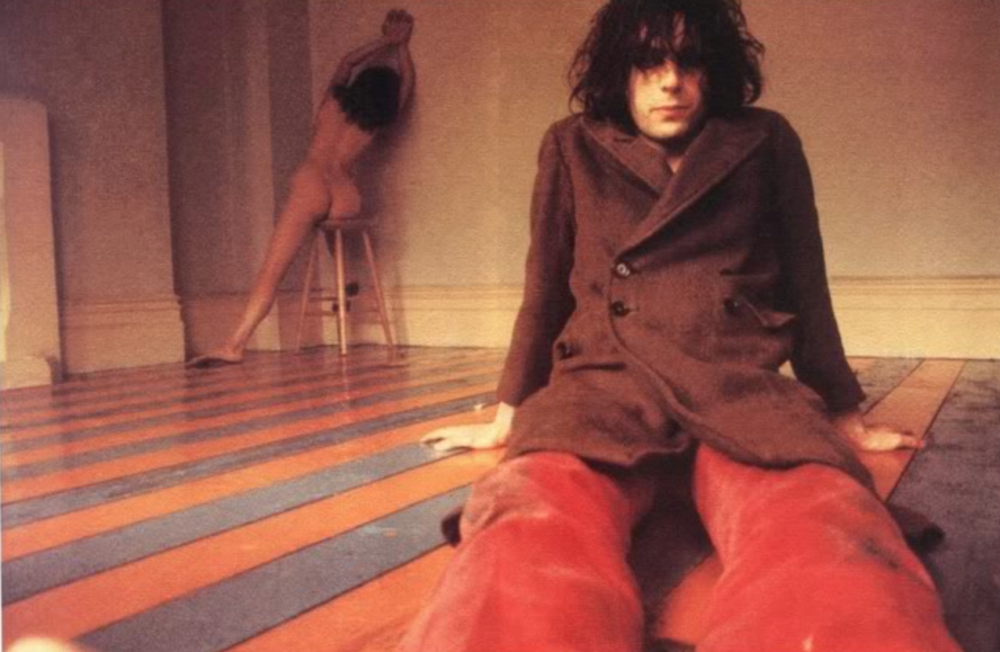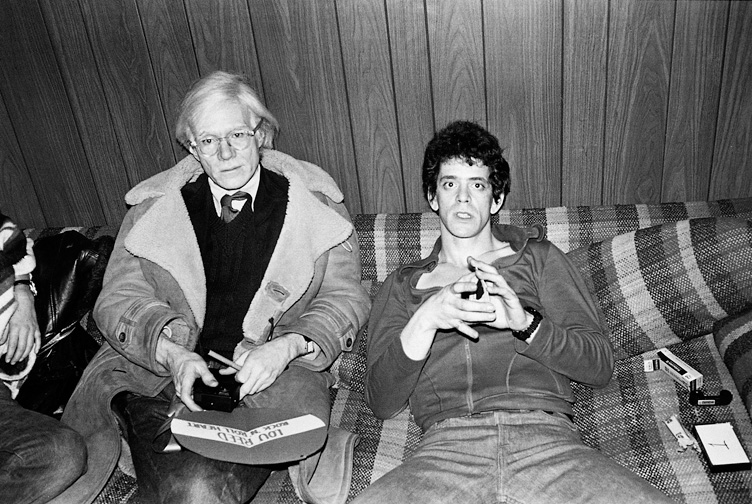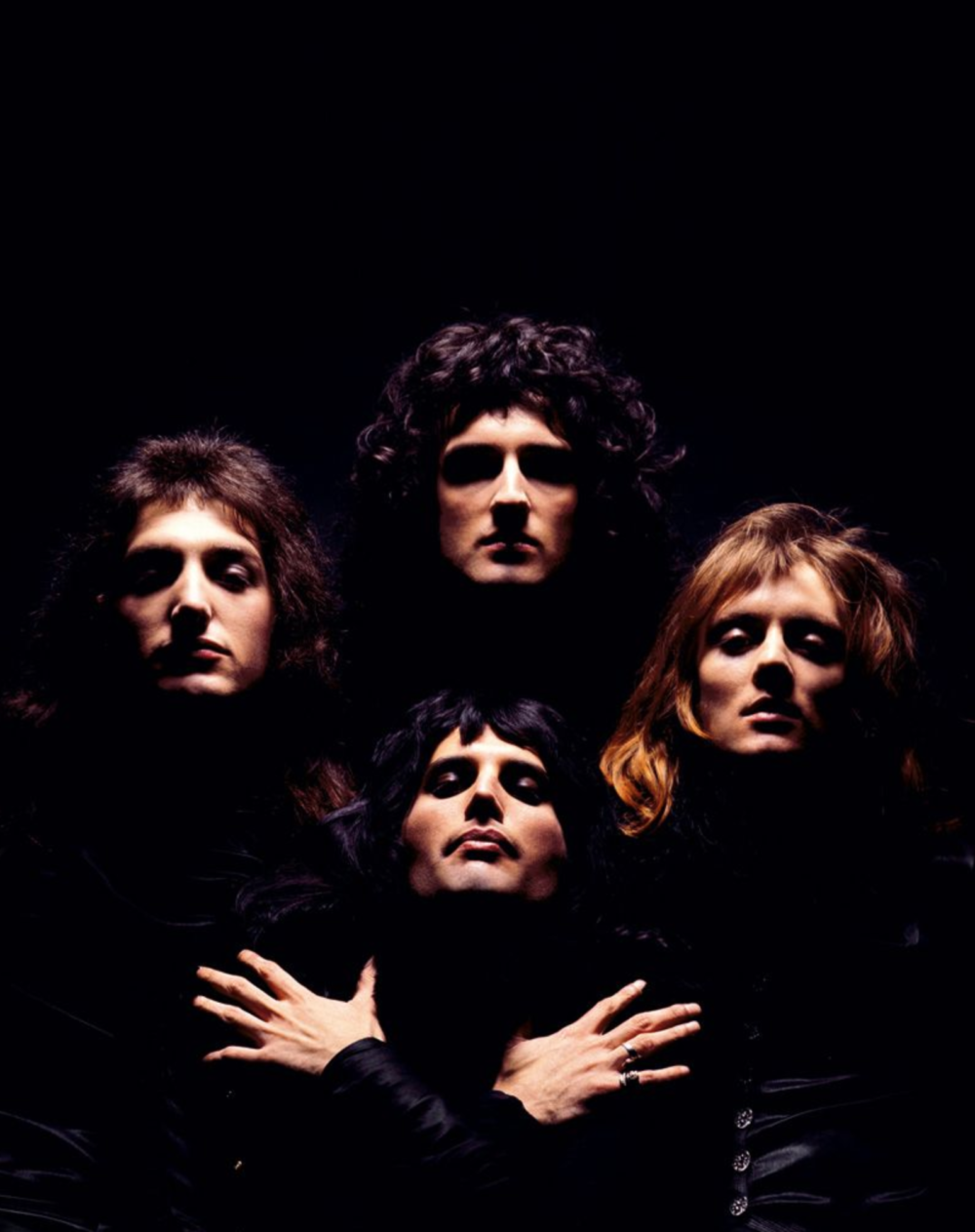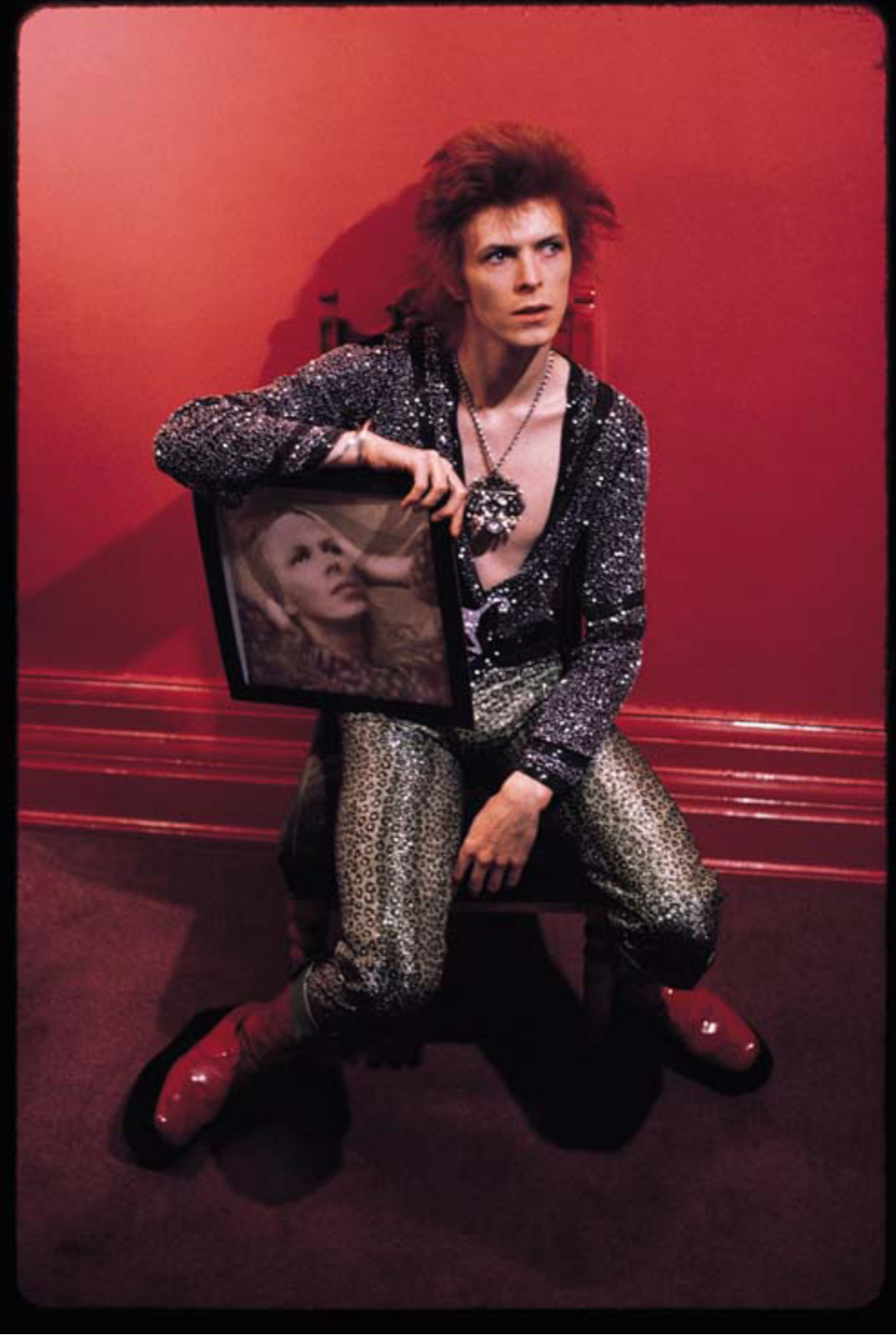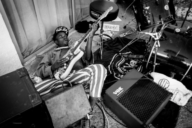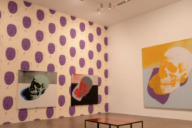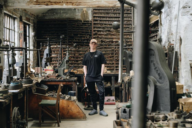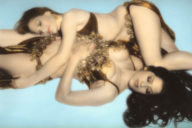MICK ROCK: THE PHOTO LAUREATE OF GLAM
Mick Rock is the ‘photo laureate of glam’. Best known for his iconic shots of 1970s rock icons such as Queen, David Bowie, Lou Reed, The Ramones and Blondie. He’s partied with the best of them and lived – just – to tell the tale.
He is a huge influence in the world of photography, fashion and style.
What would you say your inspirations are?
The unique charisma of my early subjects. Without rock and roll I wouldn’t be a photographer. By 1974, a few years after it all began, I started to look around and check out other photographers, but I never really looked at a lot of photographs or magazines. Except of course album covers. I just felt it out and learned what I needed to as I went along. I was really only interested in my own pictures and how I experienced them and it seemed to work. I never had any photographic role models. The people who excited me the most were the lunatic symbolists and romantic poets I learnt about at Cambridge University. My early subjects resonated in that way. I saw them as poets and artists, not simply as ‘pop’ or rock performers.
How did you get into photography?
I had a very classical education. I got a scholarship to Cambridge University where I studied modern languages and literature. But of course that’s where I got more deeply into rock and roll, picked up a camera and the whole lunacy began!
How did you learn about photography and being a good photographer?
I learnt about photography as I went along. When you look at some of my early colour photos of Syd Barrett (the man who started Pink Floyd but left the band after one album) technically, they are all over the place. The grainy, orangey look of those pictures was born from the fact that all I had was a little reflector, I was using daylight film inside (at 160 ASA) and I had to push it three stops in the processing. So these images have a certain painterly effect that people seemed to love and apparently still do!
Did you have a specific technique?
You had to be able to register a picture on film but beyond that, technique wasn’t so important. What was important was getting the image and capturing the energy and aura of the subject.
How would you describe your style of photography?
I can go from punk to glam in five minutes. I don’t think I have a particular style; it’s more about having an attitude. A rock n roll attitude. I don’t stick to one particular approach. A lot of photographers may set up the camera and lighting, take up their position and click away. I have a restless soul. I get bored fast. I need to keep adjusting, playing around, moving and exploring angles and different lighting concepts. I need to feel free and easy. I load fast. Even in the middle of a concert I could load, bam, and we’re off! When I take pictures I take them not just with my eyes, I take them viscerally as well. It’s completely non cerebral. When I’m on a roll I get greedy! I’m hungry for images. The beauty of digital photography for me is that I can endlessly feed my addiction to images. With just the occasional pause to change digisticks.
How do you get the most out of your subjects?
First I do a yoga and meditation workout to open up my antennae, and then I feel out the situation. I don’t impose myself. I don’t have rigid ideas for the most part about what I’m going to shoot. I tune myself to the subject and situation at hand. Sometimes it can be loud and raucous other times it’s more gentle and caressing. You have to do what’s appropriate to the subject. Because all that matters is you get the right pictures!
How have your subjects changed over time?
They are all very aware of their public image these days. Much more aware than they were back in the 70s. We live in a visual universe today. Pictures don’t just go on an album cover, they go everywhere, and they have a life of their own. The machine out there – the internet – wants to be constantly fed. It’s like a monster! And what does it want above all? It wants pictures and imagery.
Why do you think people are so fascinated by the 70s?
The summer of 1972 changed so much. It was the beginning of modern rock and roll and that’s why the interest in the 70s is still so high today. David Bowie, Lou Reed and Iggy Pop especially. They were revolutionaries, not just sonically but also in the broader culture. There is a famous photo of mine of the three of them taken in the summer of 1972 that I originally called ‘The Terrible Trio’. Later in the 70s I started to name in ‘The Unholy Trinity’. A friend once said to me that 1972 was the beginning of the new millennium. And now I look back I think it probably was. Certainly its influence clearly resonates still today.
What was CBGB’s like for shooting?
It was a very important place back then. It was part of my love affair with New York. This was the house of sin for punks – punk in NY grew up in CBGBs.
It was a great place for shooting live performance. The band’s right there in front of you, you could get right up against the stage. It was very intimate. I shot Debbie there, The Dead Boys, Talking Heads, The Ramones, Patti Smith and more.
Now CBGBs has been taken over by my good friend, John Varvatos. This was a very brave decision as there are lot of purists out there that did not want to see such an iconic venue re-vamped. He’s kept something about the spirit but the floor and loo are much cleaner, although he has kept a lot of the old décor on the walls. It was unbelievably filthy back in the day! Not that anyone cared then!!
What do you think sets you apart from other photographers?
I’m very adjustable to situations. When you come out of the music business you really learn flexibility. I’ve shot performances, parties, on location, in people’s homes, in hotels, backstage, indoors, outdoors, and obviously in the studio. The studio came a little bit later. First time in the Autumn of 1973 with the Bowie saxophone shots that were originally used in the ‘Pin-ups’ album package. There is a certain freedom from working in the studio. There are no limitations on my energy output. I can make a mess. I can play DJ. I can whirl around. I can shout or whisper. I can dance. I’m in complete control. There are no constraints.
What did you like about backstage photography?
I was totally there by invitation whether it was Lou Reed, Queen, Iggy Pop, David Bowie or Thin Lizzy etc. Lou said to me recently on the events tour we did for our beautiful limited edition ‘Transformer’ book that I was so familiar that they thought of me less as a photographer and more of a guitar player or part of the band. And that’s how it felt in those early days. I was part of it. I wasn’t a press photographer, nobody owned me, and I wasn’t on anybody’s payroll. I was hustling my way as I went along!
What about stadium photography?
Stadium photography is performance photography. And when you’re there you’re like a big game hunter. I don’t like stadiums anymore. I prefer to shoot inside – somewhere a bit more atmospheric.
What advice would you give to an up and coming music photographer?
The thing about when you watch a performance on multiple occasions, whether it’s Queen, David Bowie, Iggy Pop or Lou Reed, or a post millennial act (which I occasionally still do) you learn their movements, and their lighting set-up. You know when to pounce and that’s the miracle of Raw Power and Transformer. It’s definitely a good idea to try and study your subject a bit first if possible. You’ll learn their movements and eventually be a step ahead of them.
Do you know when you’ve got the shot?
I always get the shot! But do I know the exact frame? Sometimes I’m moving too fast to be sure which particular frame but I know what it smells like when I’ve got the shot. When I’ve really nailed it.
Is there a difference in approach when shooting an album cover?
When you shoot an album cover it’s different because you’re looking for that one shot that’s got to have broad resonance. It’s very focussed and the energy is somewhat different. When you do a photo session for a magazine, you have to shoot a load of pages. But you know with an album cover that once that image is out there it will be around for a while. Magazines are disposable, whereas an album cover is often forever.
What do you think is the most famous album cover you’ve shot?
It would probably be the Queen album cover. I met the band just after I returned from the Chateau D’Herouville just outside of Paris with David [Bowie] when he was recording Pin-ups. They suggested we meet because they wanted to get a piece of that glam rock vibe, which was very fashionable at the time – just as my reputation was starting to seriously build. This was at a time when being fashionable as photographer was much more of a low-key thing. It was all about getting known in the business. That was how I earned my living. People in the UK maybe knew who David Bailey was but in general photographers were low profile in the public eye.

